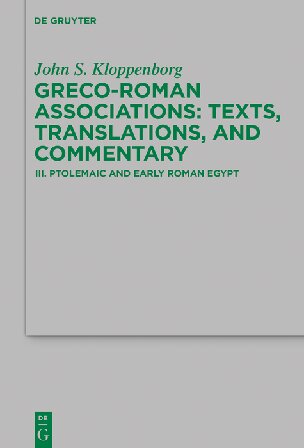

Most ebook files are in PDF format, so you can easily read them using various software such as Foxit Reader or directly on the Google Chrome browser.
Some ebook files are released by publishers in other formats such as .awz, .mobi, .epub, .fb2, etc. You may need to install specific software to read these formats on mobile/PC, such as Calibre.
Please read the tutorial at this link: https://ebookbell.com/faq
We offer FREE conversion to the popular formats you request; however, this may take some time. Therefore, right after payment, please email us, and we will try to provide the service as quickly as possible.
For some exceptional file formats or broken links (if any), please refrain from opening any disputes. Instead, email us first, and we will try to assist within a maximum of 6 hours.
EbookBell Team

4.7
56 reviewsPrivate associations organized around a common cult, occupation, ethnic identity, neighborhood or family were among the principal means of organizing social and economic life in the ancient Mediterranean. They offered opportunities for sociability, cultic activities, mutual support and contexts in which to display and recognize virtuous achievement. This volume collects 140 inscriptions and papyri from Ptolemaic and early Roman Egypt, along with translations, notes, commentary, and analytic indices. The dossier of association-related documents substantially enhances our knowledge of the extent, activities, and importance of private associations in the ancient Mediterranean, since papyri, unavailable from most other locations in the Mediterranean, preserve a much wider range of data than epigraphical monuments. The dossier from Egypt includes not only honorific decrees, membership lists, bylaws, dedications, and funerary monuments, but monthly accounts of expenditures and income, correspondence between guild secretaries and local officials, price and tax declarations, records of legal actions concerning associations, loan documents, petitions to local authorities about associations, letters of resignation, and many other papyrological genres. These documents provide a highly variegated picture of the governance structures and practices of associations, membership sizes and profiles, and forms of interaction with the State.